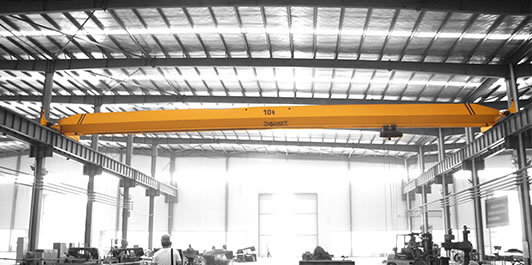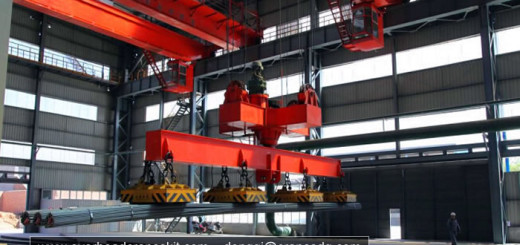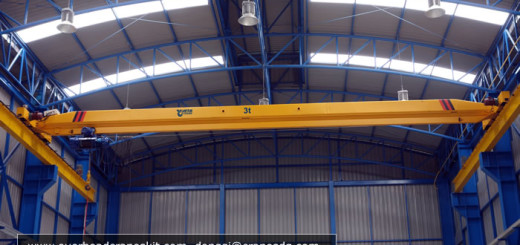Overhead Crane Wiki: Overhead Crane Hazards
Construction and manufacturing companies commonly use overhead cranes in their operations to transport materials. While useful, they also introduce potentially grave dangers. Each year, overhead crane accidents cause severe injuries or deaths. To prevent disasters, recognize specific hazards that occur during use and follow the safety guidelines and procedures to avoid them.
Electrocution
- In 40 to 45 percent of overhead crane accidents, the machinery comes in contact with a power source during operation. The Occupational Safety and Health Administration (OSHA) regulates that %&&&&&%s use precautions when operating near power lines. He should consider all power lines energized until the owner of the line or the electric company tells him otherwise. Until then, he must use insulated barriers that are not a part of the crane to avoid contact with the power lines. Employers must train workers to follow American National Standards Institute (ANSI) guidelines, which outline the safe distances to maintain from a power source. The operator should maintain a safe speed when operating near power lines, so as not to cause a lift to sway into the power source resulting in electrocution. Proper training, development and implementation of safety programs create awareness of potential hazards.
Turnovers
- Improper rigging can result in an overturned crane. A rigger works on the ground to prevent this occurrence by safely securing loads. The rigger must know the load capacity of the crane so that she does not attach more than the operator can safely lift. She cannot allow unfavorable conditions and deadlines to cause her to become careless. The material a rigger uses varies and includes slings, wires, ropes and chains. She should check them for cracks, bends, twists or any kind of defect. Good communication must exist between the rigger and crane operator. A crane operator often relies on the rigger for direction by hand signals or radio transmissions when he cannot clearly see obstructions.
Falls
- Falling objects can crush people on the ground. This often occurs when machinery does not operate properly. A mechanical failure can cause machinery to malfunction unexpectedly and drop a heavy load. To reduce the risk, OSHA mandates that operators make daily inspections of their crane. When mechanical problems do arise, operators should use the lockout/tagout procedure to prevent accidental startup or movement of the crane until a mechanic repairs the problem.
Dust and other particles falling from a load can cause injury not only to the eyes but also to other body parts. If you work around overhead cranes, wear proper head, foot, hand and eye protection. The crane operator and any workers below should always be aware of their surroundings and never walk under a lift. A crane operator must always lower a load to the ground before leaving the lift or during idle times. When moving items, he should never raise the load higher than required for clearance.





